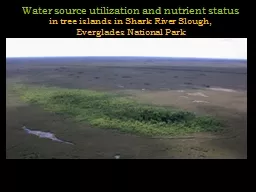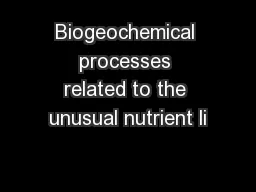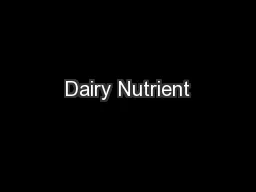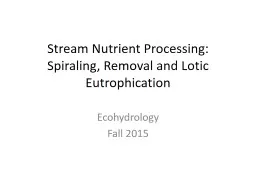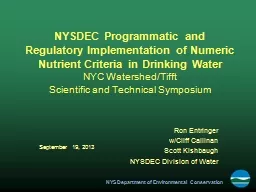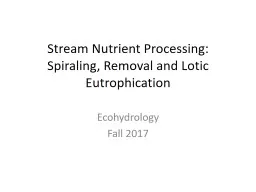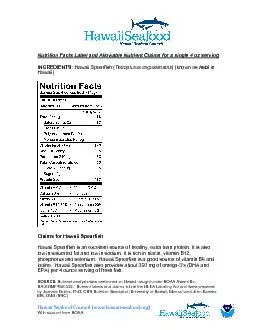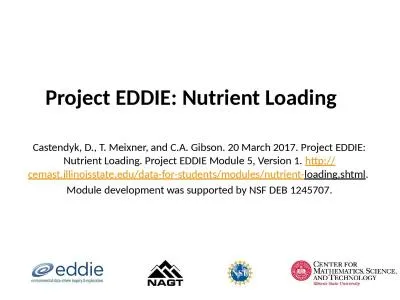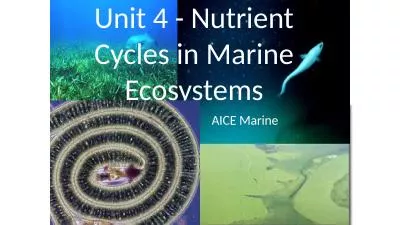PPT-Water source utilization and nutrient status
Author : alexa-scheidler | Published Date : 2016-05-02
in tree islands in Shark River Slough Everglades National Park Tree island sites Profile of a tree island Vegetation zones on a tree island Chekika Emergent Hardwoods
Presentation Embed Code
Download Presentation
Download Presentation The PPT/PDF document "Water source utilization and nutrient st..." is the property of its rightful owner. Permission is granted to download and print the materials on this website for personal, non-commercial use only, and to display it on your personal computer provided you do not modify the materials and that you retain all copyright notices contained in the materials. By downloading content from our website, you accept the terms of this agreement.
Water source utilization and nutrient status: Transcript
Download Rules Of Document
"Water source utilization and nutrient status"The content belongs to its owner. You may download and print it for personal use, without modification, and keep all copyright notices. By downloading, you agree to these terms.
Related Documents

